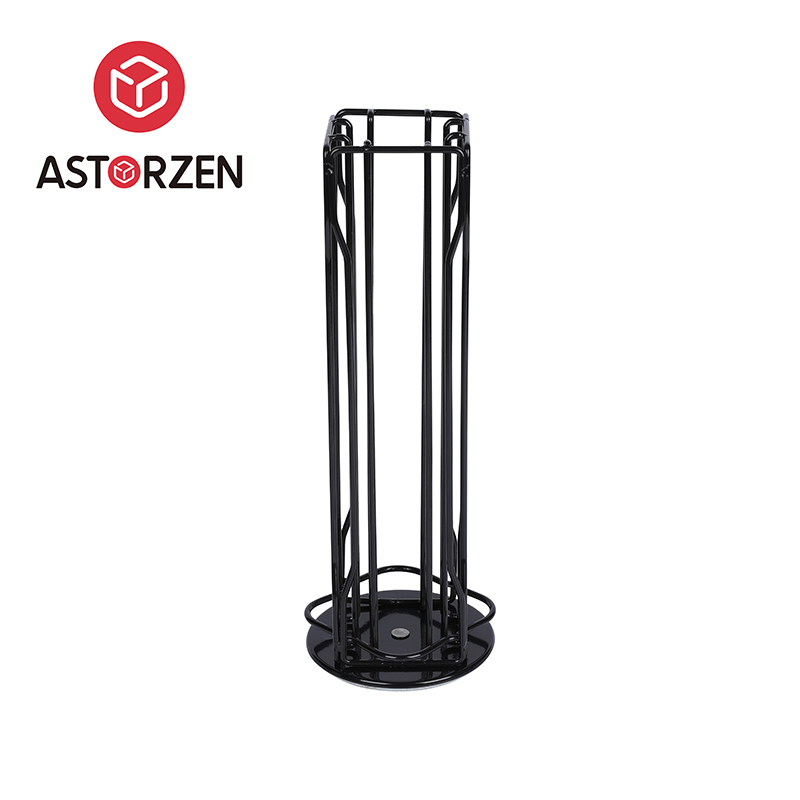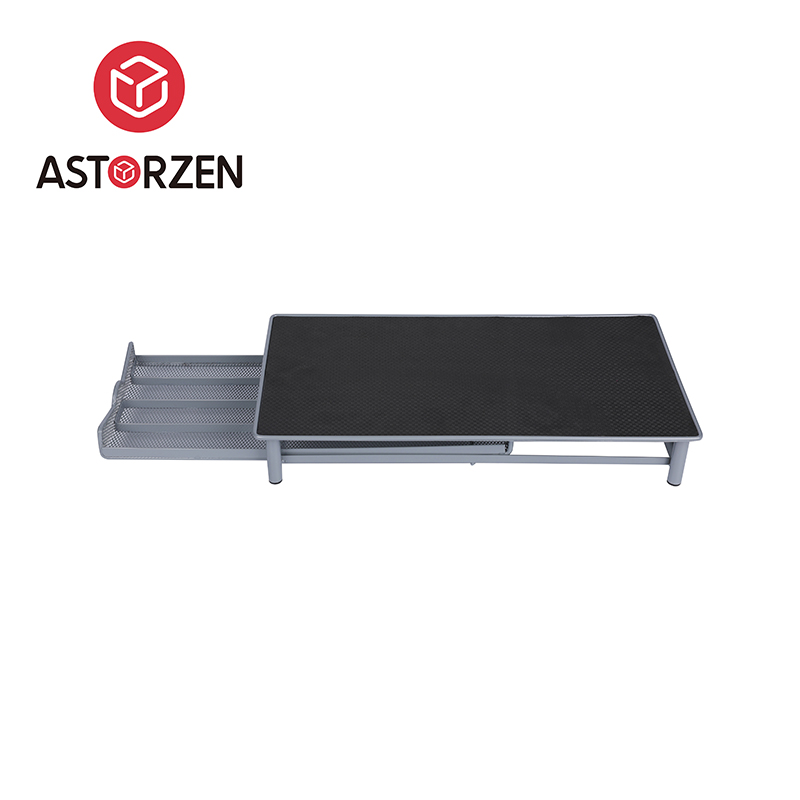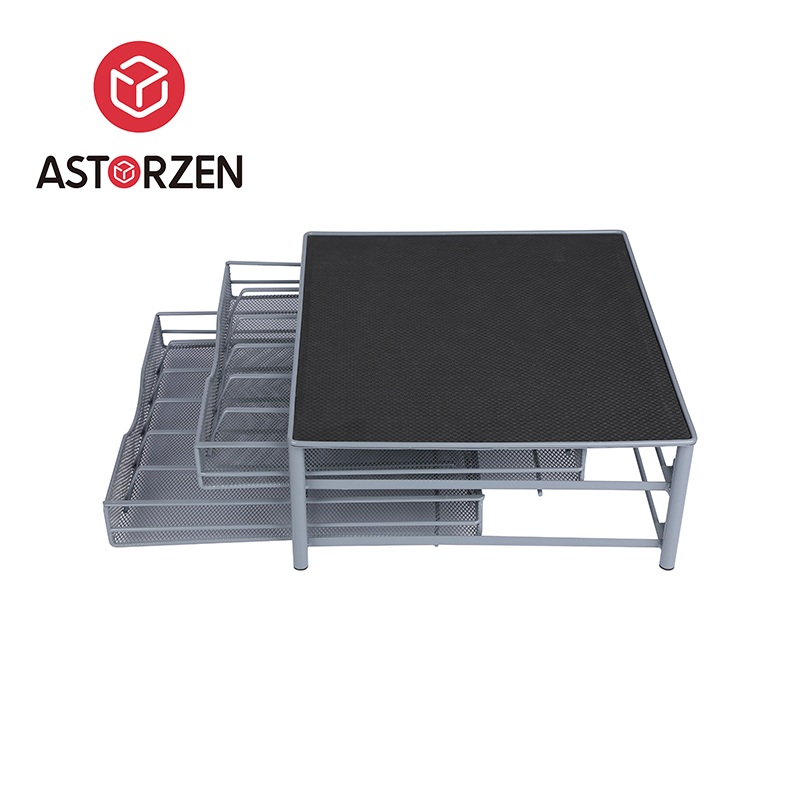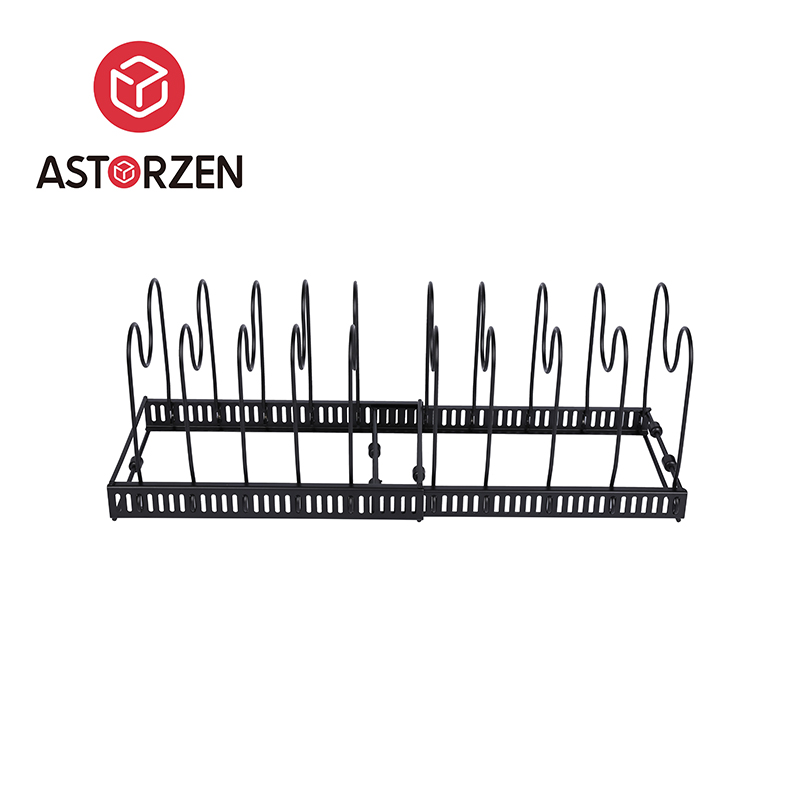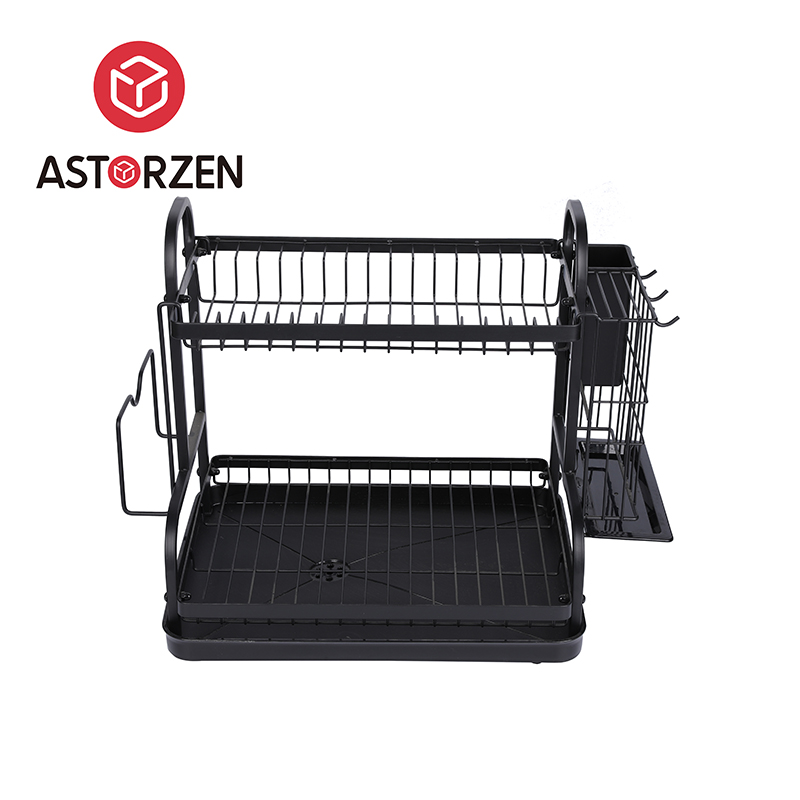The rotating spice rack has long been a staple in kitchens due to its practical design and ability to store a wide variety of seasonings within arm's reach. However, what began as a simple spinning stand has gradually evolved into a more sophisticated storage solution, catering to the needs of increasingly compact and functional kitchens.
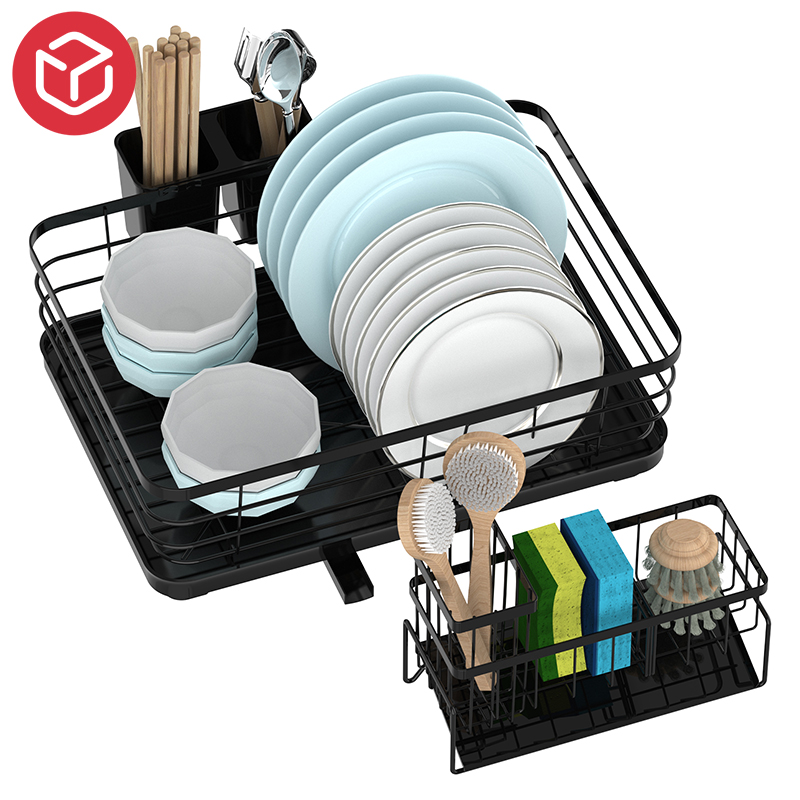
Traditional rotating spice racks, also known as Lazy Susans, typically feature a circular base with one or more tiers of evenly spaced compartments for spice jars. The benefit lies in its 360-degree rotation, which allows users to quickly locate and retrieve seasonings without shuffling through cabinets or drawers. These models are still widely used today, particularly in homes where ease of access is essential.
Modern iterations of the rotating spice rack now incorporate sleek materials such as stainless steel, tempered glass, and bamboo. Many designs include labeled jars, adjustable slots for container size flexibility, and non-slip bases for added stability. Some high-end options even integrate with smart home systems, providing reminders to restock commonly used spices or keep track of expiration dates.
Another notable advancement is the inclusion of modular components. Some rotating spice racks are now stackable or expandable, allowing users to customize storage according to the number of spices they typically use. This adaptability makes them ideal for both beginner cooks and experienced chefs who need a wide selection of seasonings at their fingertips.
Whether placed on the countertop, inside a cabinet, or integrated into a drawer system, the rotating spice rack remains a highly efficient storage tool. As it continues to adapt to modern kitchen needs, it blends function, space optimization, and elegant design in equal measure.
Metal kitchen countertop spice shelves are gaining popularity for their durability, modern appearance, and ability to transform cluttered spaces into neatly organized areas. When used strategically, these shelves become more than just storage units—they become tools for efficiency in even the smallest kitchens.
1. Vertical Expansion:
One of the simplest yet effective methods is to stack multiple tiers. Multi-level metal shelves take advantage of vertical space without increasing the footprint. This is particularly useful for compact kitchens where counter space is limited. By placing spices on multiple levels, users can keep everything visible and accessible while maintaining a tidy surface.
2. Corner Utilization:
Often overlooked, countertop corners can be prime real estate for spice storage. Triangular or curved metal spice shelves fit snugly into these areas, making use of otherwise wasted space. This approach also keeps spices conveniently close to food prep zones without interfering with central workspaces.
3. Under-Cabinet Integration:
Some metal spice shelves are designed to fit under kitchen cabinets or hang from existing shelving units. These suspended designs provide quick access while leaving the countertop clear for cooking tasks. They also add a minimalist industrial look that pairs well with stainless appliances and modern décor.
4. Magnetized Options:
Magnetic spice containers can be placed on the sides of metal shelves, further expanding storage capacity. This approach works especially well when combined with tiered shelves, allowing for efficient use of every surface. It's a clever way to add function without increasing bulk.
5. Customizable Sections:
Some metal shelves include adjustable dividers or modular trays. These can be tailored to fit spice jars of varying sizes, preventing wasted space between containers. Customization also helps prevent tipping or shifting, particularly when the shelf is frequently accessed.





 English
English 日本語
日本語 русский
русский عربى
عربى


